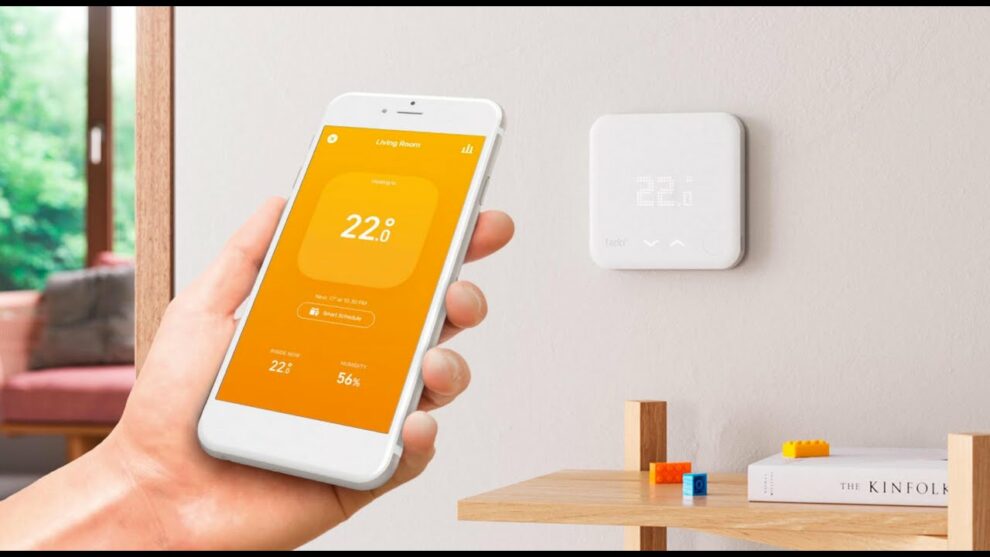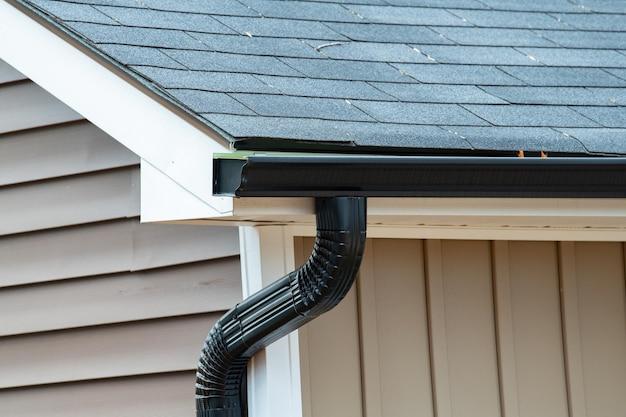For some, the perfect temperature for a home may be 75 degrees, while others may prefer it to be 68 degrees. If you are considering purchasing a wireless programmable thermostat, you need to know what makes them different from other models before making your final decision.
In this blog post, we will explore three of the most popular types of wireless programmable thermostats and discuss their pros and cons so you can make an educated purchase!
What is a thermostat?
A thermostat is a device that recognizes the temperature in your home and turns on/off heating or cooling systems accordingly. They can be wired into your system, which means they will work with line voltage models.
Still, wireless programmable thermostats use batteries, so low voltage models tend to be more common nowadays since you do not need to worry about wiring them up!
Wireless vs. wired: what’s the difference?
Wireless programmable thermostats are considered “low-voltage” devices, while their wired counterparts are “line-voltage” because they get power. Low-voltage options draw energy from rechargeable batteries instead of directly from inside your walls like line voltages do, which means they are portable and can be moved around easily.
How does a wireless programmable thermostat work?
Most wireless programmable thermostats have touch screen displays that allow you to control all aspects of your HVAC system, including temperature, humidity levels, vent settings, etc.
They also come equipped with an LCD that shows the current time and weather information, so there is no need for multiple clocks in your home! Wireless models are excellent choices if you want more accuracy on individual rooms or additional/advanced features since they tend to be loaded with options!
Types of thermostats:
- First up is the low voltage model, which uses 24 volts or less as its source power (frequently using batteries). These models are the most common type of wireless programmable thermostat.
- They can be used on both hydronic and forced-air heating systems and cooling systems with heat pumps.
- These models tend to inherit a longer life than other wireless programmable thermostats, making them ideal for areas that do not receive regular maintenance, such as attics where it may be difficult to access later down the road.
- The only downside is that they cannot control humidity levels or fan speed since these functions require more than 24 volts.
- Next up, we have the line voltage model that uses 120VAC (volts alternating current) rather than batteries like low voltage models.
- Line-voltage models are energy efficient because less energy is required, but this also means they tend to cost more than other types of wireless programmable thermostats for this reason.
- These models can be used on both hydronic and forced-air heating systems and cooling systems with heat pumps but cannot control humidity levels or fan speed since these functions require more power than 120 VAC provides.
- Finally, the digital model is considered a low voltage model because it also uses 24 volts or less than its counterparts.
- However, digital models do not need batteries, unlike line-voltage models, since they draw their power directly from your home’s wiring (with an output of about 48 volts).
- Therefore, digital models are an excellent choice if you want higher degrees of efficiency and programming options while still having complete access to features including humidity control and fan speed.
Digital models are also compatible with most heating, ventilation, and air conditioning (HVAC) systems which is great if you plan to upgrade your system in the future since it will not require an additional upgrade to work properly.
What to watch out for?
If you consider purchasing a wireless programmable thermostat, there are several things to look out for, including compatibility issues. In addition, not all systems can work with each type of model, so check the specifications before making any purchases!
For example, if your home has forced-air heating and cooling, then chances are high that you will need a line-voltage or digital model to get complete functionality from your new purchase.
Steps to purchase a wireless programmable thermostat safely:
- Before purchasing a wireless programmable thermostat, be sure to read reviews since they are available at so many different prices. You want to ensure that your money is being spent on something reliable and efficient for your home!
- Make sure the model you choose can control all of the features in your existing HVAC system, including humidity levels, fan speed, etc. If not, it will be necessary to upgrade some components that will cost more money in the long run.
- Not all 24-volt models work with forced air systems or heat pumps, even if their descriptions say otherwise.
Conclusion
There is no “perfect” choice when it comes to finding the right wireless programmable thermostat for your needs. However, we hope this blog post helps provide some insight and a better understanding of what makes certain types different from one another so you can make educated decisions based on their pros and cons!
If you follow these simple steps when purchasing a wireless programmable thermostat, then the chances are high that you will be happy with your final decision!








Add Comment